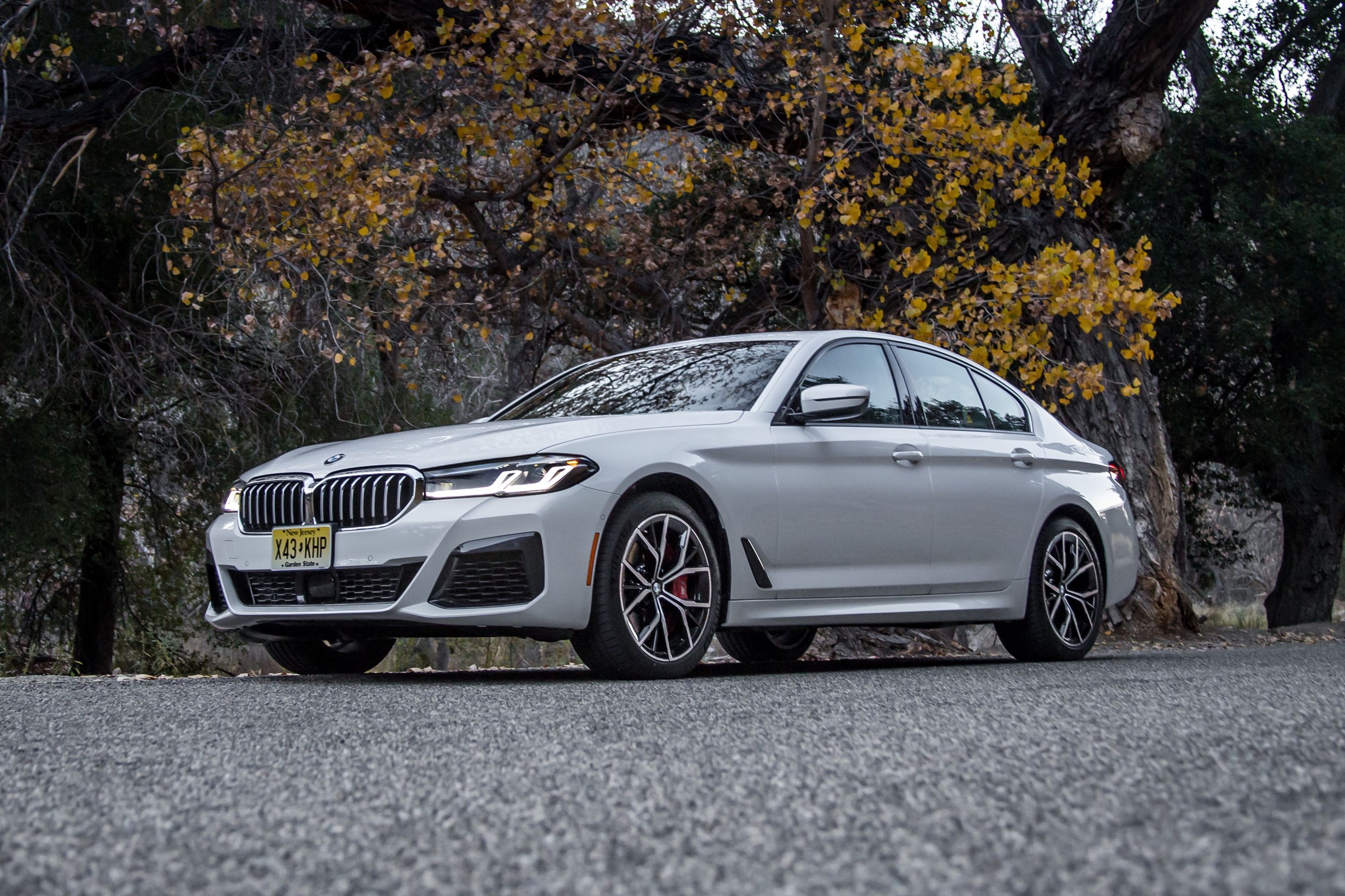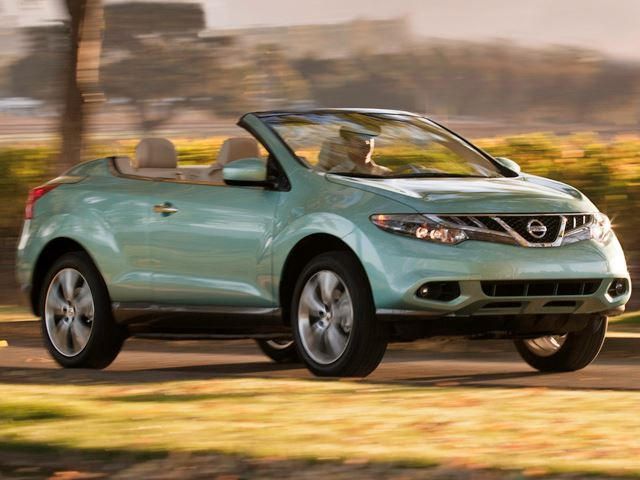
In the automotive industry, some cars are so successful they permeate the cultural zeitgeist and become legendary. This list will not include these cars. With this top five, we have set out to find five cars that the world never really asked for. What may have seemed like good ideas at the time, ultimately these clearly fell short in many areas. We wanted to ask why these cars were ever conceived, and what made them fall short on expectations. Could any of these cars be a success if the manufacturer had a do over? Let us know what you think in the comments.
The Nissan Murano CrossCabriolet is probably the easiest target for a list like this. This car fell short on its goal of being a fun to drive car that was also practical. Nissan wanted to solve the issue that convertible cars were impractical, but the Murano CrossCabriolet was not the answer. Even though it was enormous, it only had seating for four (same as a 4 Series Convertible) and a not-so spacious trunk. The car also suffered from the poor driving dynamics of the Murano as well as poor visibility. If Nissan were to do this concept over again, we would recommend using the Xterra and giving it removable roof panels like a Jeep Wrangler. This concept has been proven over time, and would make a great Jeep rival.
The Hummer brand had many issues that led to its demise, although we think that now might be the perfect time to bring the brand back. The Hummer H2 was very expensive, yet not as luxurious as cars like the BMW X5 or Range Rover. For 2005, Hummer decided to modify the rear section of the H2 to turn it into a pickup truck called the H2 SUT. A rugged looking truck from Hummer sounded like a good idea, but in practice the bed was extremely small, extendable up to just six feet. The truck was ultimately deemed impractical. With a longer bed or even a two-door configuration, we think that the H2 SUT could have been more successful.
While we do take fault with the Chrysler PT Cruiser as a whole, we wanted to focus on the two-door convertible model here. On paper, this car didn't sound half bad. The PT Cruiser convertible could be ordered in the GT trim. This came with the same 2.4-liter turbocharged four-cylinder engine from the Dodge Neon SRT-4. From the factory this engine produced 215 hp and 230 lb-ft of torque, but it could be tuned to produce much more. The PT Cruiser GT could be ordered with a four-speed autostick transmission or a five-speed Getrag manual. This car would be a hard one for us to save, given its much maligned looks. However the idea of a powerful, turbocharged retro convertible isn't bad on paper.
We think that the 5 Series Gran Turismo is bound to go down in history as the worst looking BMW model of all time. The 5 Series GT was the first of what BMW called a Progressive Activity Sedan (PAS). It should have been called a POS instead. The idea sounded good to BMW on paper, a coupe-like, SUV-looking sedan that would have the functionality of a sedan and an SUV. What it ended up with was a pudgy-looking mess that was very expensive. There is a very easy solution that we would have used to make this car better. Sell the 5 Series Wagon in the US! We will just repeat this until BMW hears us. Sell the wagon in the US! Sell the wagon in the US! Sell the wagon in the US! Do you hear us BMW?
The Chevy SSR is the third convertible model on this list, which proves that turning everything into a convertible is not always a good idea. We actually like the SSR as a bit of a guilty pleasure, but we know that it is not a good idea. Even when GM put a 400-hp LS2 engine in this car, it was way too heavy to be effective. GM was trying to do too many things with the SSR. Make a retro pickup truck, and make it the first retractable hardtop pickup ever. If GM had picked one or the other, the SSR might have been OK. We would have loved a throwback to the old Chevy Blazer, which had a removable rear area like the Ford Bronco. This could have been more of an offroad truck, than whatever the SSR was supposed to be.

